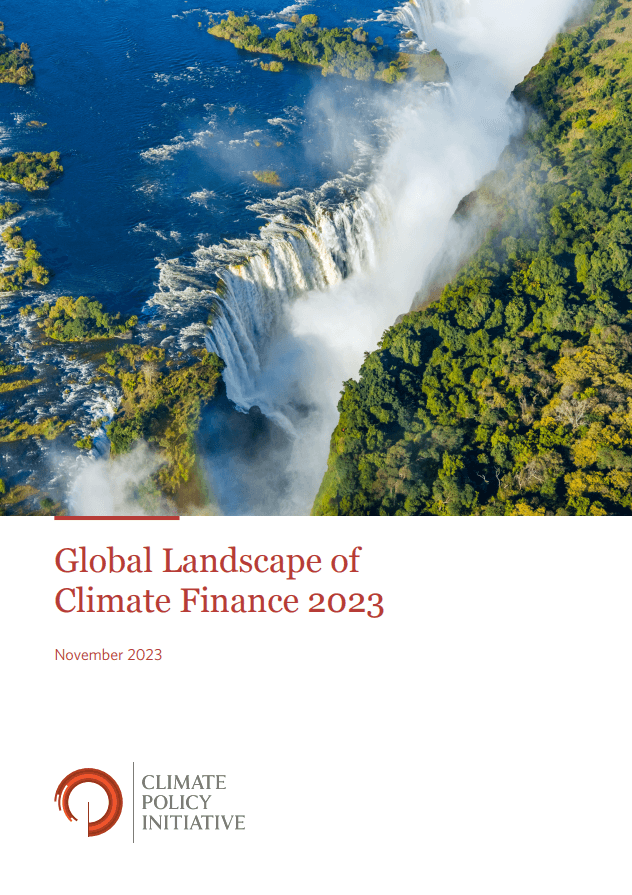The Global Landscape of Climate Finance 2023 report provides an in-depth analysis of global climate finance flows, highlighting trends, gaps, and the scale of investment needed to achieve climate goals. The report reveals that global climate finance reached an annual average of $1.3 trillion in 2021/2022, nearly doubling from 2019/2020 levels. However, this represents only 1% of global GDP, and five times more investment—between $8 to $9 trillion annually—is needed by 2030 to keep global warming below 1.5°C. The increase in funding was largely driven by mitigation finance, particularly in renewable energy and transport. However, funding remains highly concentrated in a few regions, with China, the US, Europe, Brazil, Japan, and India receiving 90% of increased climate finance flows. Meanwhile, low-income countries, which are the most vulnerable to climate change, received less than 3% of global climate finance. The report also notes that while private sector involvement is growing, it is still insufficient, particularly for climate adaptation, which remains dominated by public finance (98%).
The report highlights key sectoral gaps, emphasizing that energy and transport receive the majority of mitigation finance, while agriculture, forestry, land use (AFOLU), and industry remain significantly underfunded, despite their high emission reduction potential. Investment in emerging technologies like battery storage, hydrogen, and carbon capture is growing but remains far below required levels. Additionally, adaptation finance lags behind—while it reached a record $63 billion, it is still far short of the $212 billion per year needed by 2030 for developing countries alone. The report underscores the urgent need for financial system reforms, recommending increased blended finance, concessional loans, green bonds, and public-private partnerships to close investment gaps. It also stresses the importance of enhancing data tracking, improving financial transparency, and mobilizing domestic capital in developing economies. Without significant scaling up of climate finance, the world risks delayed action, rising climate-related economic losses, and worsening social inequalities.





